Saint Matthew reports in his Gospel that “when the Magi had left, an angel of the Lord appeared to Joseph in a dream and said: Get up, take the little child and his mother, flee to Egypt and stay there until I speak to you: for Herod will seek the child to destroy him.” Nevertheless, if Jesus escaped death, the wrath of the king of Judea fell indiscriminately on all the infants of Bethlehem. Our painter places this hecatomb in a palatial setting incommensurate with what the small village of Galilee must have been like. Men with determined looks put the innocent to the edge of the blade while spearmen located in the background monitor the only exit so that no one escapes. In this tumultuous closed session, the artist details the despair of each of the mothers and their children. In the foreground, one of them points to the corpse of her baby, staring at the viewer as if calling him to witness. If some cry out their sorrow, others hope to save their offspring. It is then a whole sweep of panicked gestures, contrappostos and sword blows which takes place before the eyes of the individuals who, perched on the floor of the palace, are like spectators of a play in which the emotion takes precedence over bloody realism. This painting reveals the numerous influences which crossed the Roman artistic milieu in the second half of the 17th century, then divided between followers of the baroque style of Pietro da Cortona on one side, and epigones of the classicism of Nicolas Poussin on the other. The art of François Nicolas de Bar, to whom we attribute our painting, skillfully navigates between these currents. Rediscovered by the art historian Jacques Thuillier, this Lorraine painter shows here a certain talent in the execution of figures whose design sometimes evokes that of Raphael's frescoes in the Vatican. However, the Mannerist parallel stops there as François Nicolas de Bar is fully part of the great Baroque tradition through the important place he gives to the expression of human passions. Indeed, he manages here to depict all the distress that grips each protagonist despite the frenzy of the action. Its atticism is further manifested in the choice of antique architecture, such as this central fountain with the effigy of a pagan god and these statues which adorn the surrounding wall. This synthetic solution, between baroque and classicism, gives the work a great theatrical quality which we also find in his Death of Saphire (kept in the Louvre), which was once attributed to Pierre Mignard. Thus, the career of François Nicolas de Bar is like that of his compatriot Claude Gellée: that of a young Lorraine who, attracted by the exceptional artistic center of Rome, built himself there and settled there, both thanks to mannerist memories and great Italian lessons.
Our composition is enhanced by a powerful Italian frame in carved and gilded wood from the 17th century.
Dimensions: 62 x 72 cm – 94 x 107 cm with frame
Sold with invoice and certificate of expertise.
Biography: François Nicolas de Bar (Bar-le-Duc, c. 1632 – Rome, January 3, 1695) was born into a family of small Meuse artists with whom he trained. Probably having wanted to overcome the limits inherent to his original environment, he settled in Rome in 1652 and married in 1656 with the granddaughter of the famous portraitist Ottavio Leoni. Admitted in 1657 to the Academy of Saint Luke, his integration into the pontifical city is also manifested by his choice to sign “Nicolo Lorenese” and in the Italian names with which he baptized his own children. At the end of the 1650s, he was already enjoying some success when several of his drawings were translated into engravings by Jean Baron from Toulouse. From the mid-1660s, his reputation grew as he produced numerous altar paintings. In this regard, the fact that he was chosen to paint the painting adorning the main chapel of the Saint-Nicolas-des-Lorrains church shows the prestige he enjoyed among the Lorraines established in Rome. However, his notoriety goes beyond the threshold of this community since he also paints altar paintings for the churches of Saint-Antoine-des-Portugais and Sainte-Marie-de-la-Victoire. His two half-brothers, Sébastien and Charles Harment, then joined his workshop to support him in his numerous commissions. Beyond ensuring the training of his two sons, Ludovico and Giuseppe, François Nicolas de Bar developed a sufficiently remarkable activity to the point of attracting apprentices from outside his family circle, such as the Antwerp native Pieter Hoffman, who would later be known for its battle scenes. Died on January 3, 1695, he bequeathed numerous paintings to his son-in-law, suggesting a significant production of easel paintings which are of interest to museums today. This is how the Bar-le-Duc Museum acquired its Orphée et Eurydice in 2014 and the Louvre Museum its Death of Saphire in 2021.
Bibliography:
- CHONE, Paulette, “François Nicolas de Bar, “Nicolò Lorense” ( 1632-1695) », In Mixtures of the French School of Rome. Middle Ages, Modern Times, volume 94, n°2. 1982.pp. 995-1017.
- THUILLIER, Jacques, Claude Gellée and the Lorraine painters in Italy in the 17th century, (exp. cat. Musée des Beaux-Arts de Nancy, May-July 1982), Roma De Luca Editore, 1982.
- THUILLIER, Jacques, “Note sur François Nicolas de Bar”, in National foundations in pontifical Rome, Proceedings of the Rome conference, May 16-19, 1978, École Française de Rome, 1981, pp. 541-544.



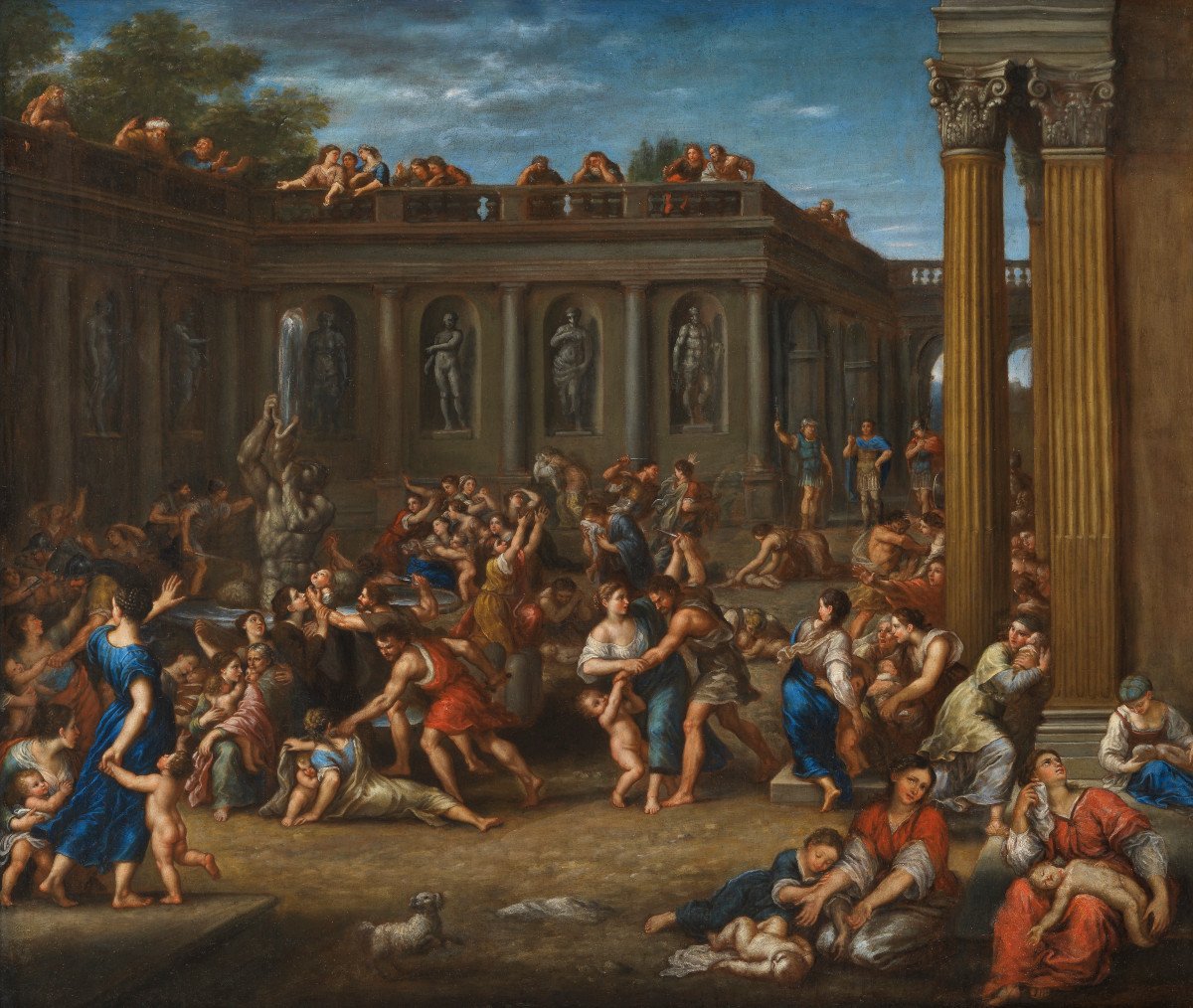
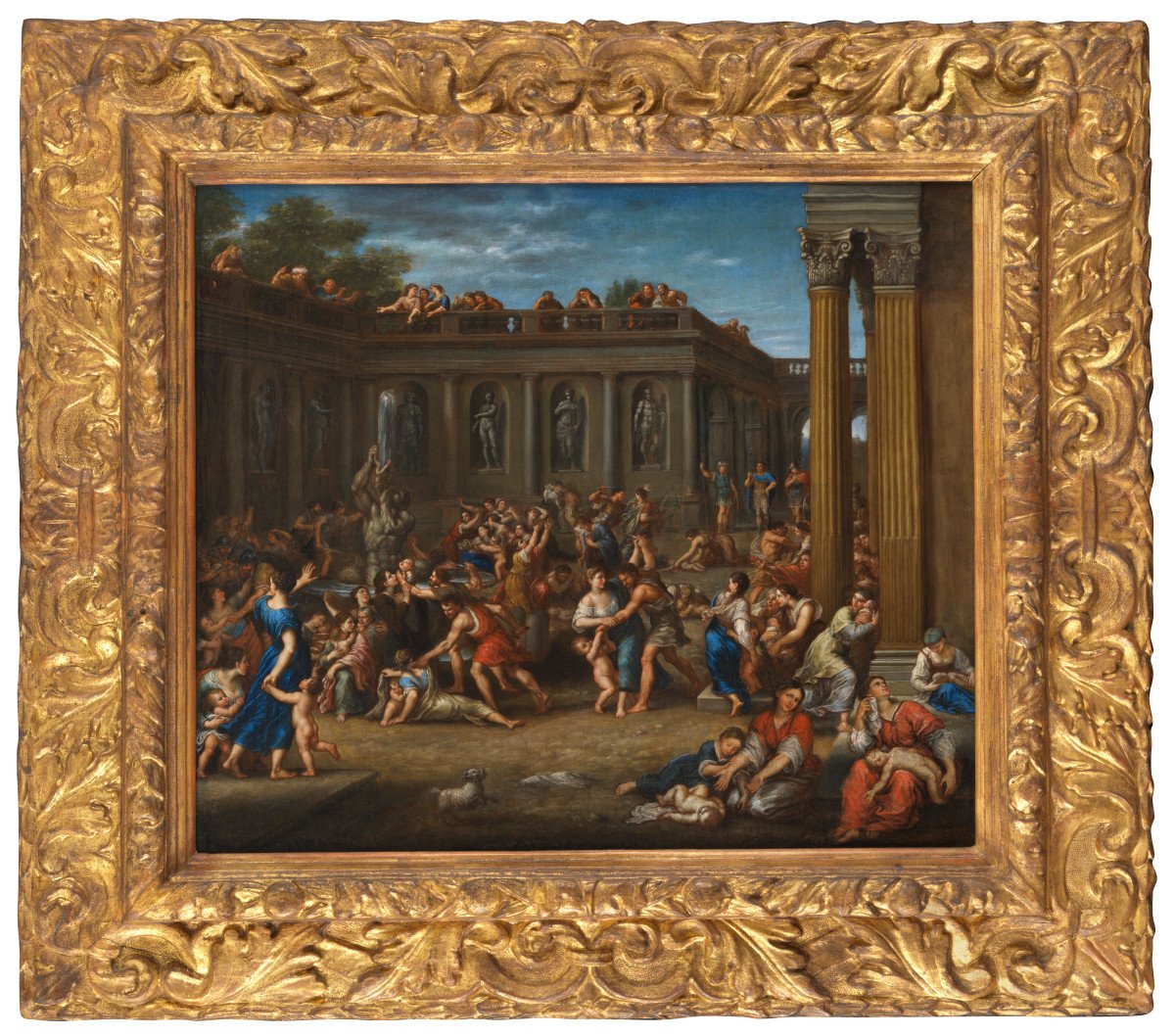
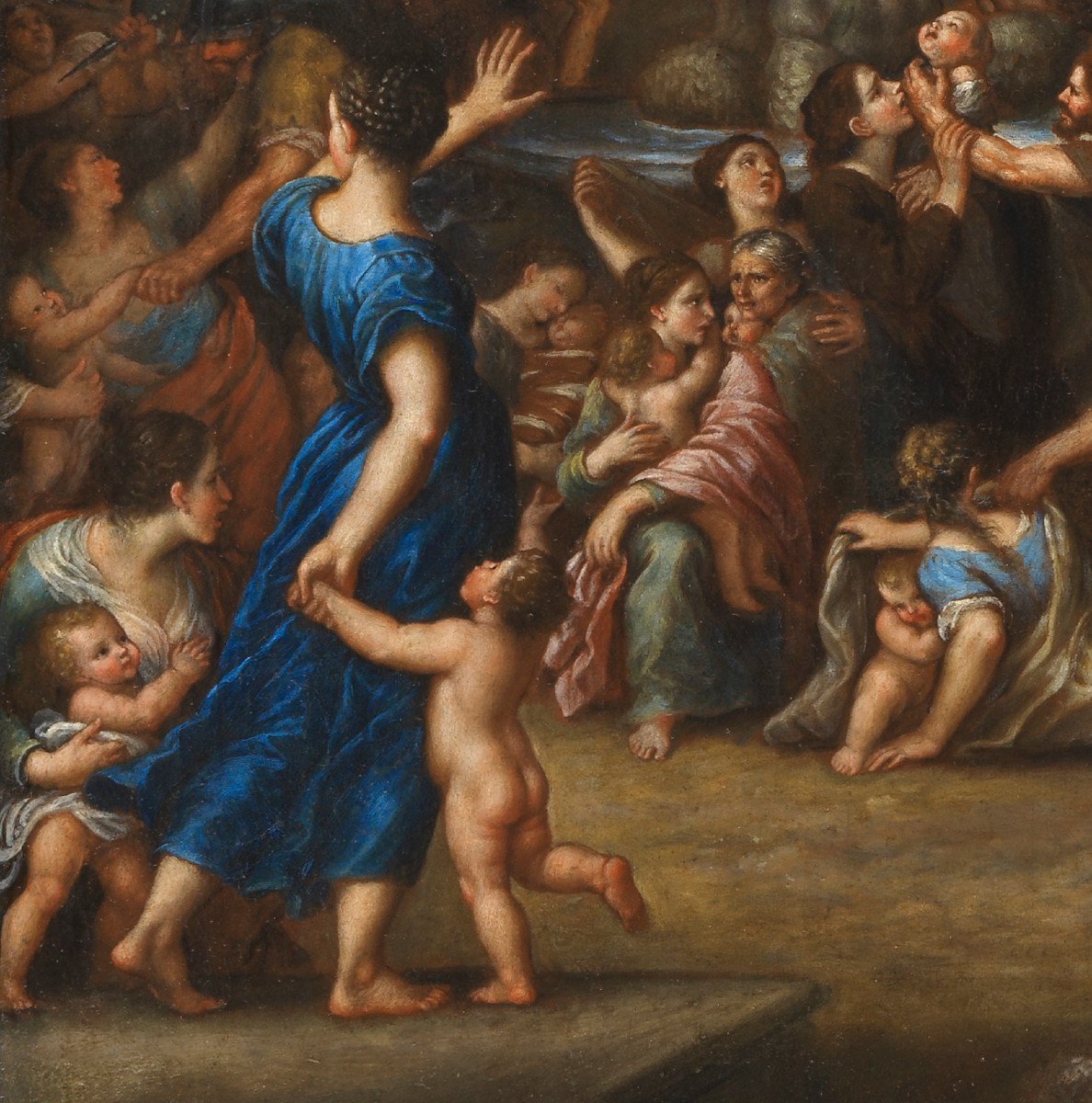
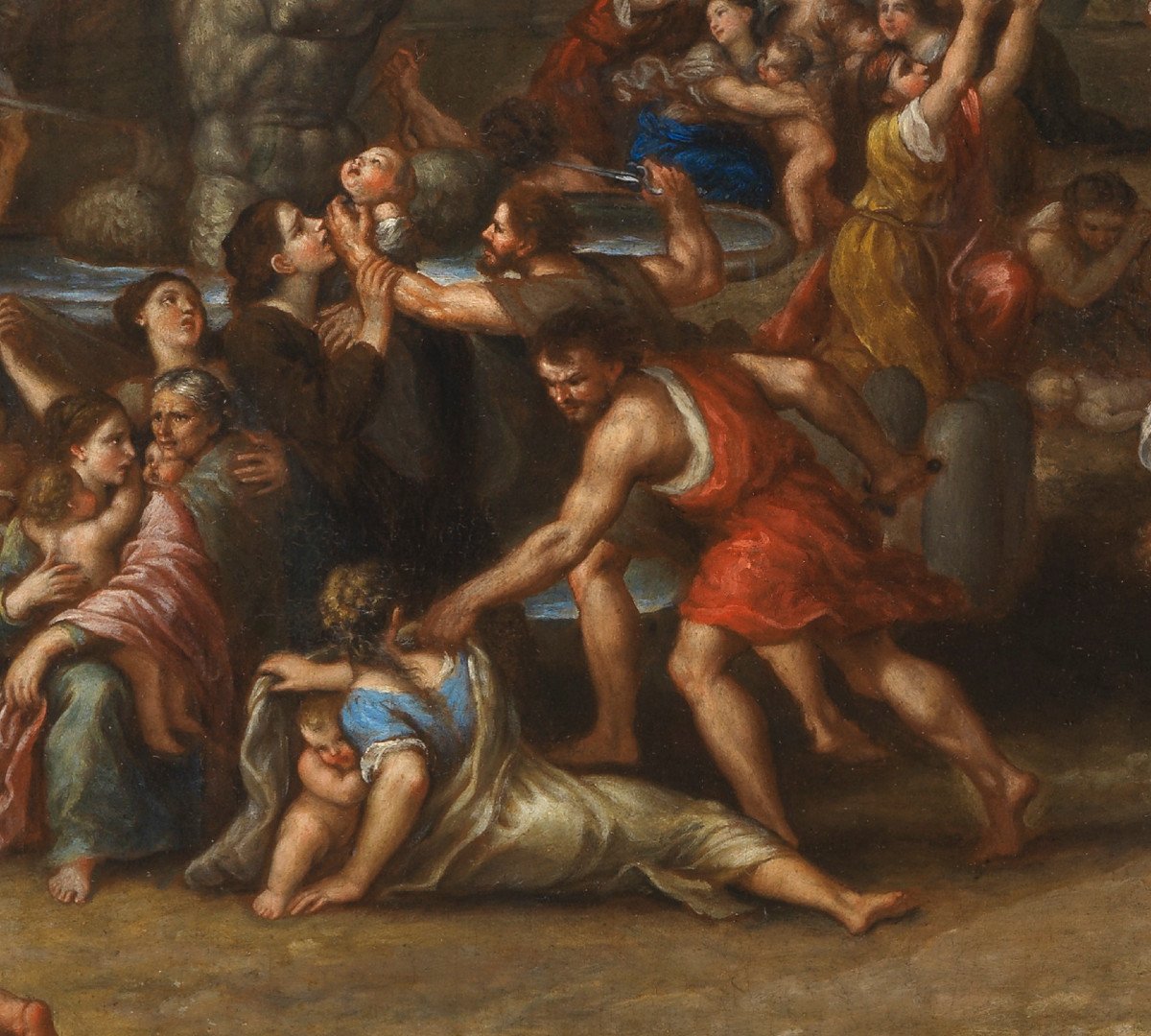
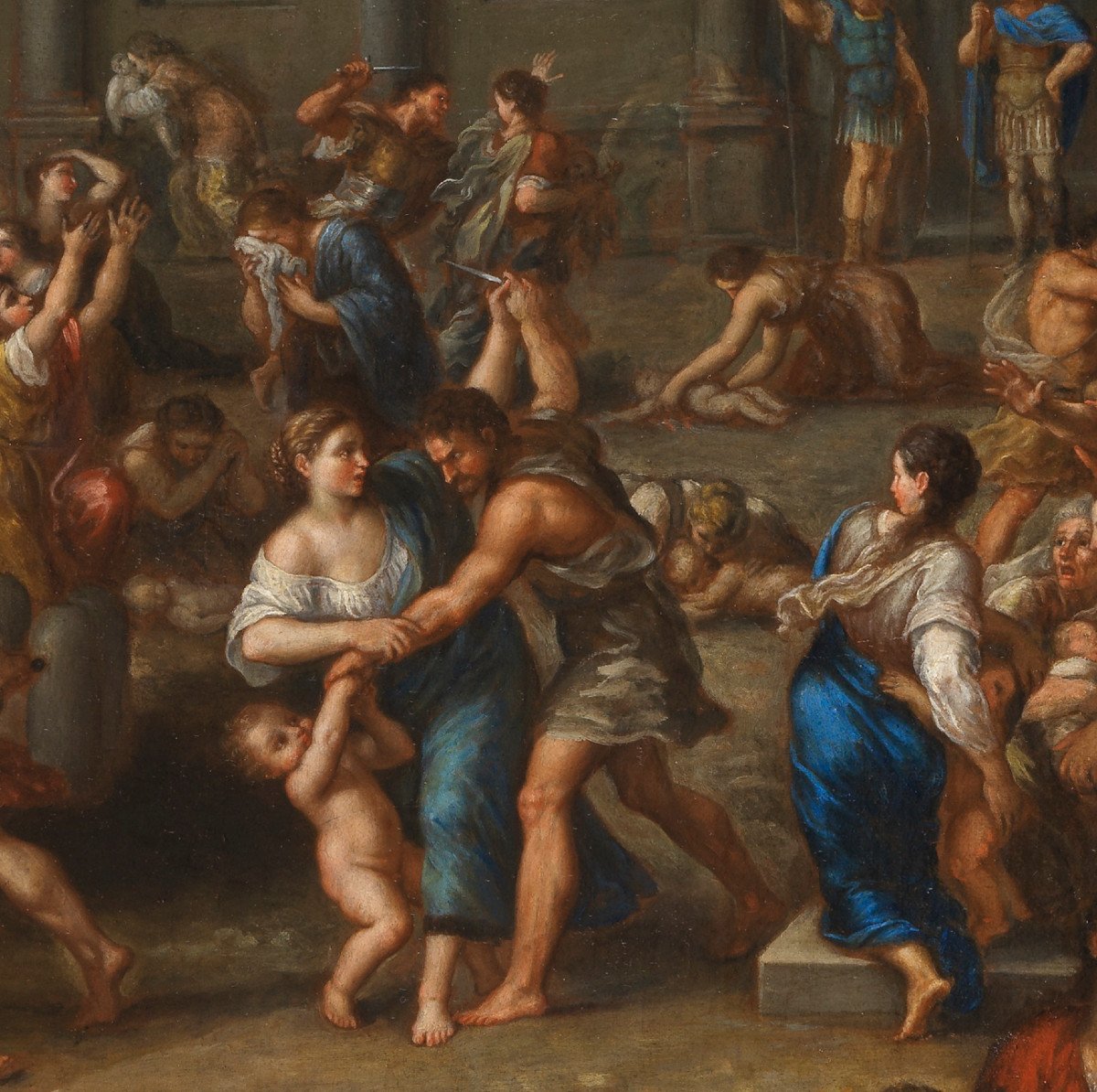
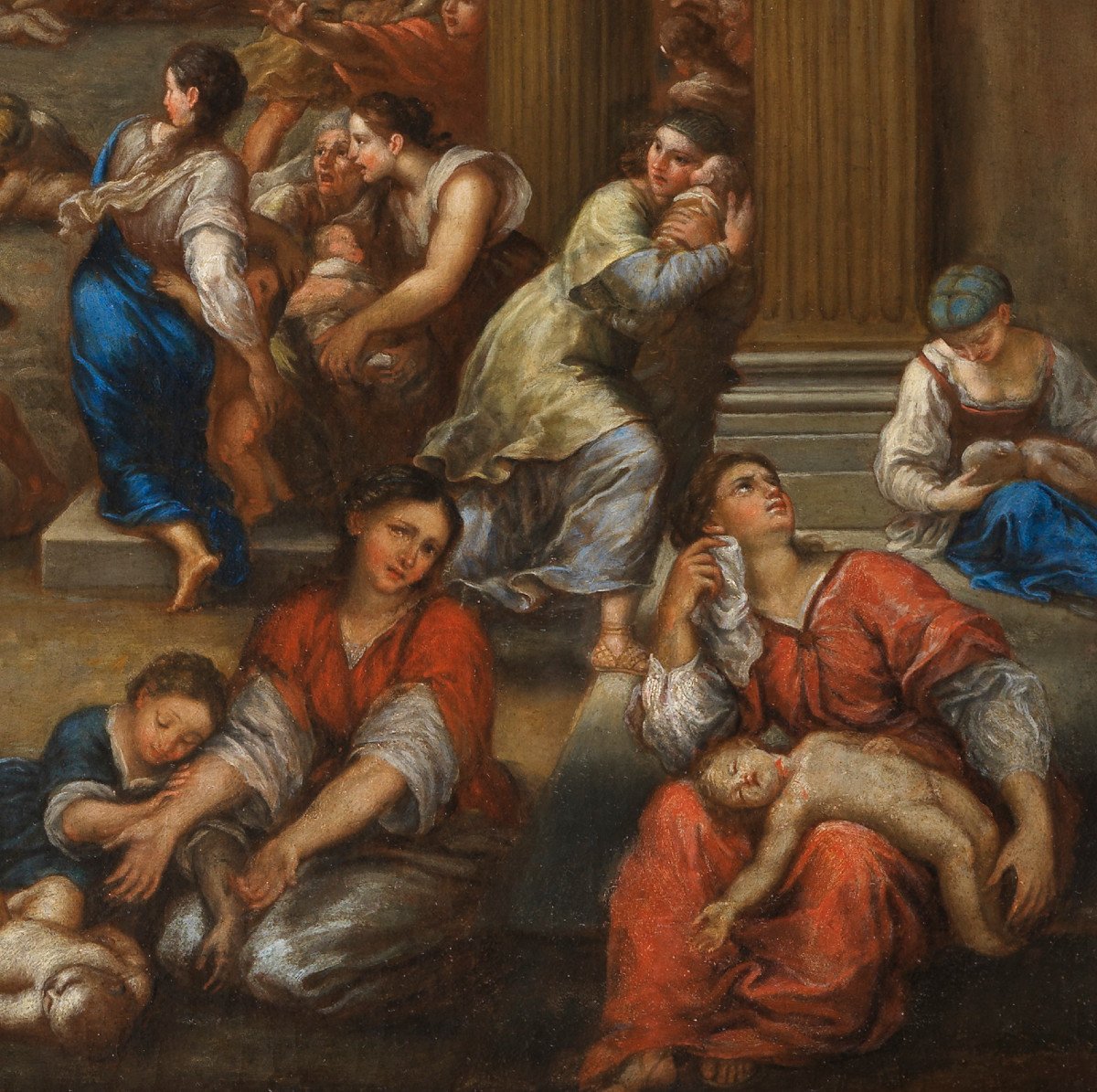
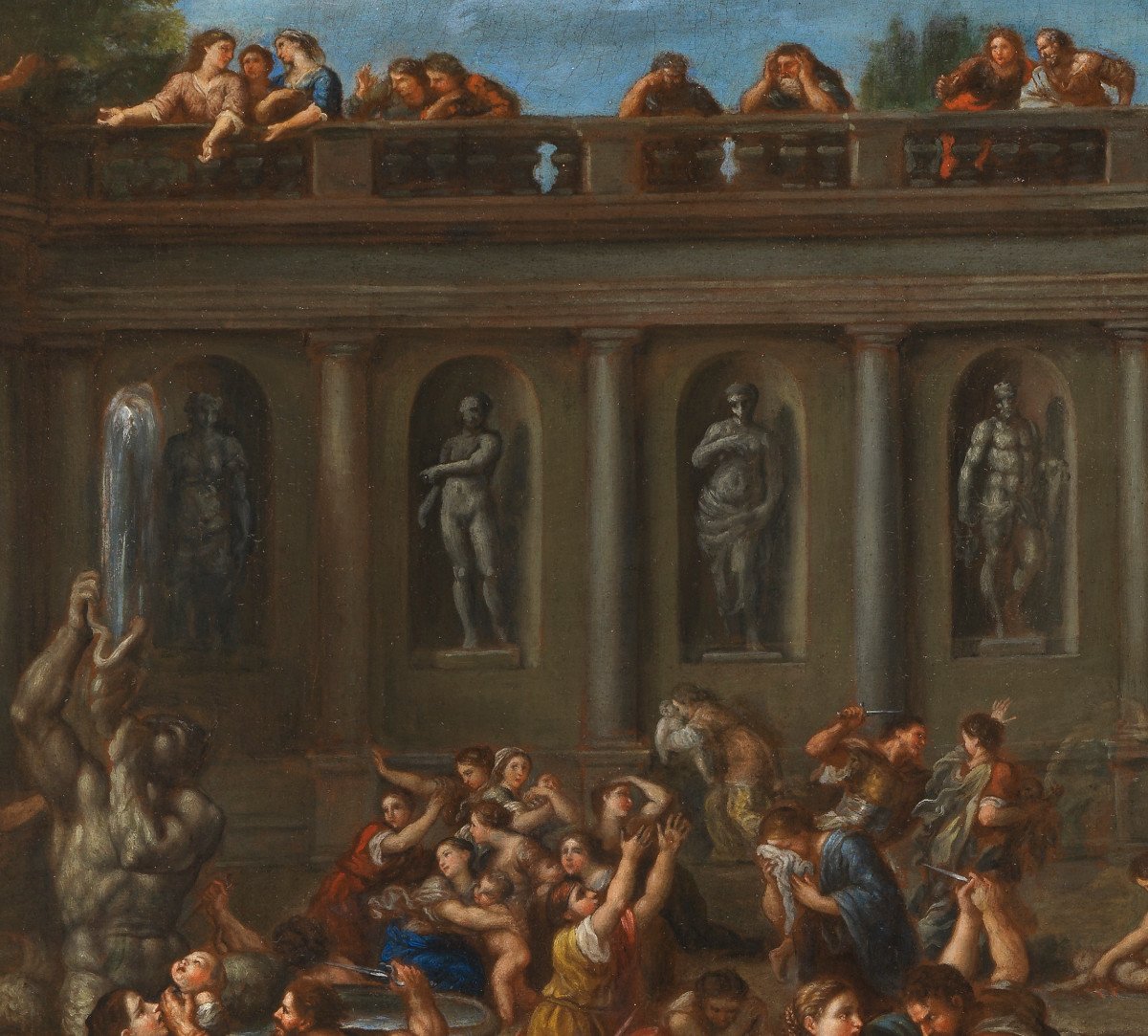
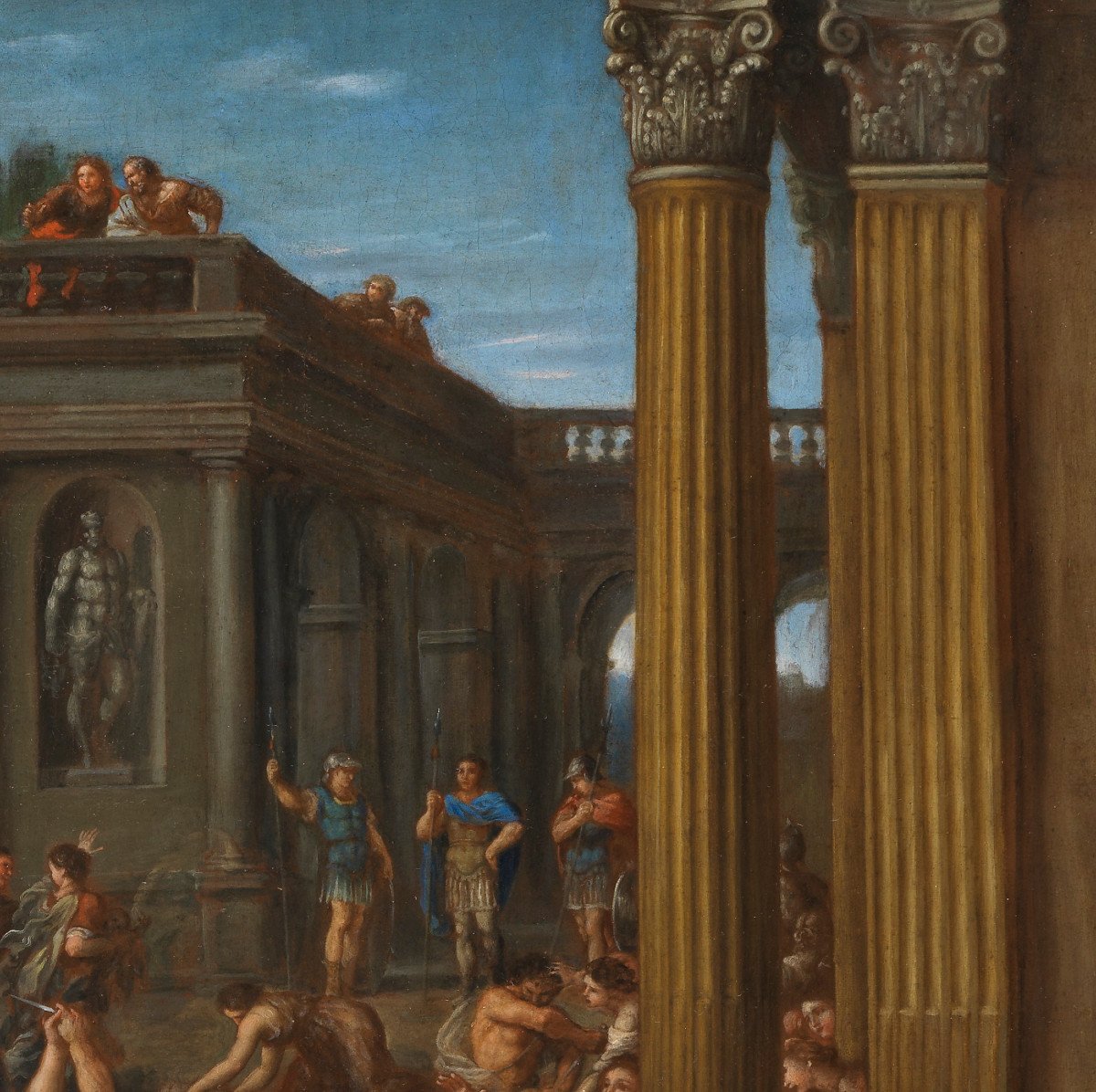
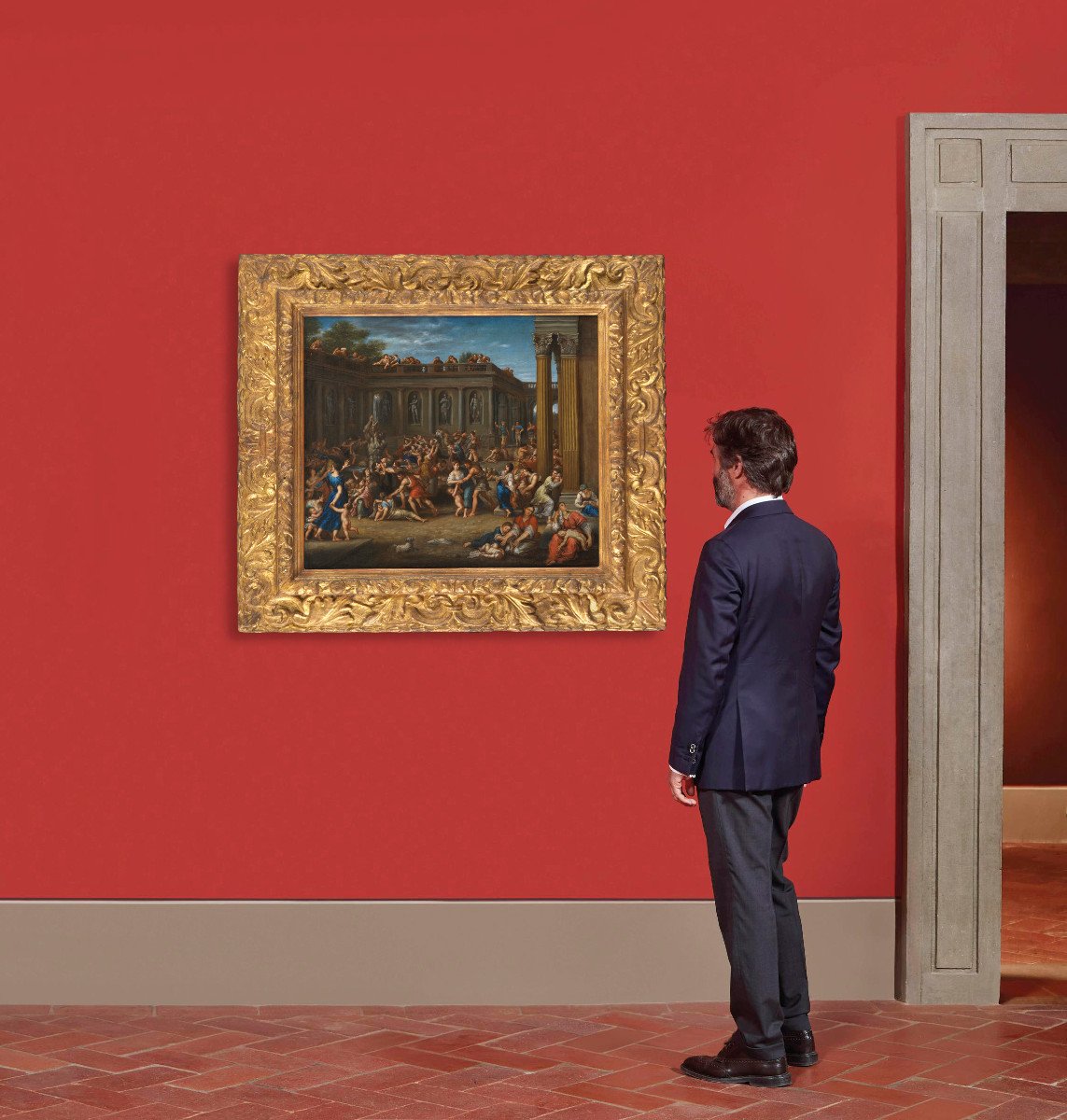

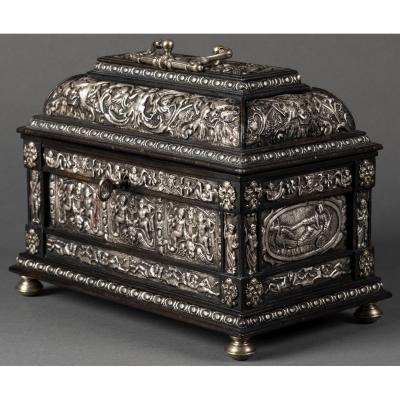

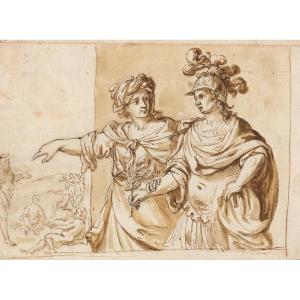

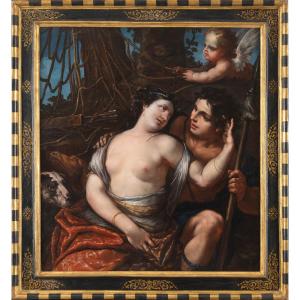
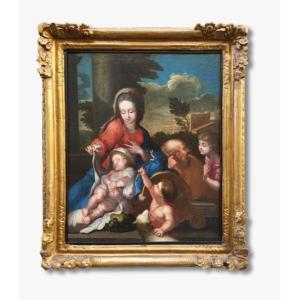


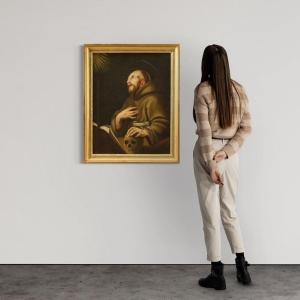






 Le Magazine de PROANTIC
Le Magazine de PROANTIC TRÉSORS Magazine
TRÉSORS Magazine Rivista Artiquariato
Rivista Artiquariato
